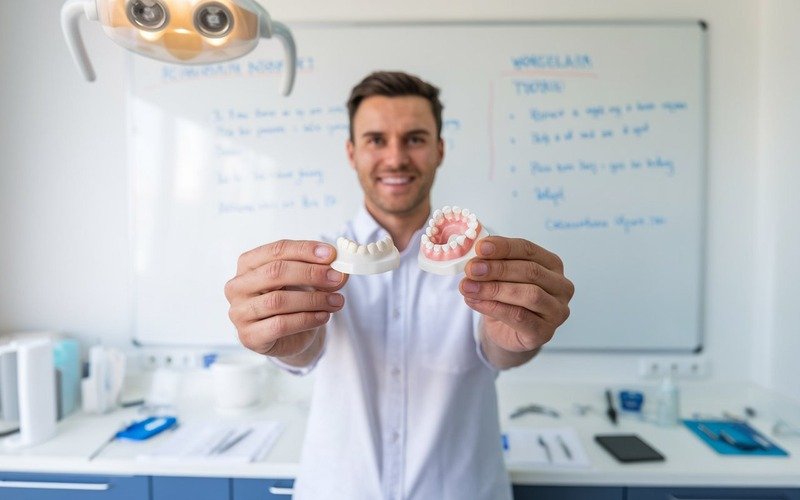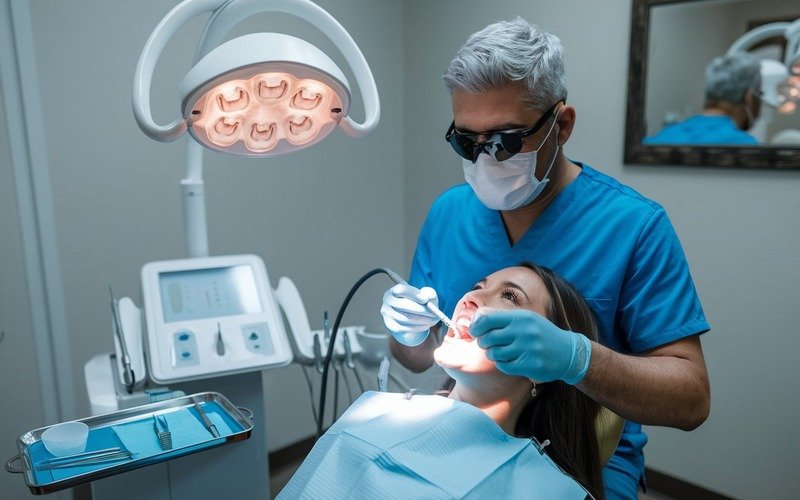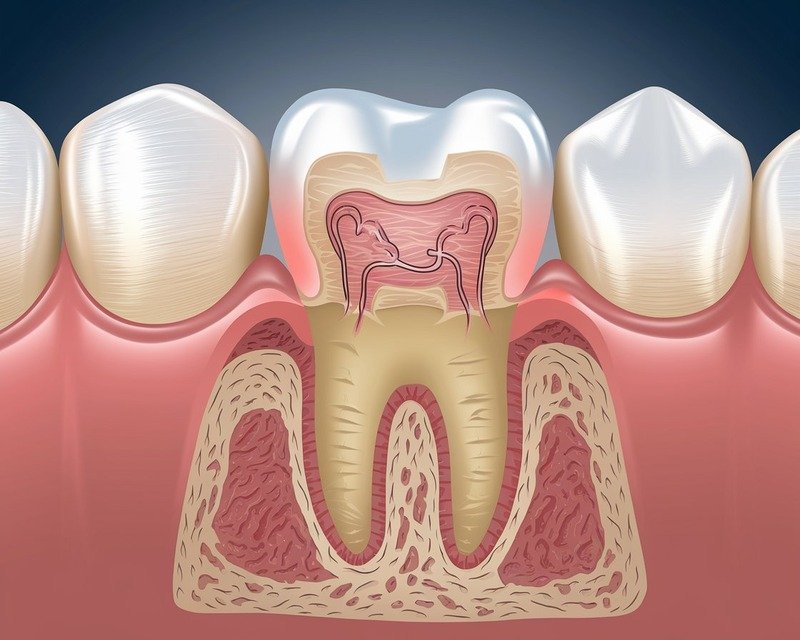
You’re brushing your teeth one morning, and suddenly something feels… off. When you wiggle your tooth with your tongue, it moves just a tiny bit more than usual. Is this normal? Should you be worried? Your mind starts racing through worst-case scenarios.
The good news? A slightly loose tooth doesn’t always mean disaster. Sometimes it’s just your body sending you an important signal that something needs attention. In this guide, we’ll break down exactly what’s happening when your teeth feel like they’re doing a little dance in your mouth.
What Causes Teeth to Feel Loose?
Let’s discuss a topic that makes many individuals anxious: teeth that appear to be changing position in your mouth. Before anything else, it’s important to clarify that not all tooth movement is a reason to jump up and down in a panic. Our oral cavities are more dynamic than many of us understand.
At times, our teeth are going to experience slight shifts that are part of the totally normal wear and tear of aging. These movements might happen due to settling, jaw changes, or simply slight alterations in our alignment as we maintain our toothy grins.
Despite normal shifts that can occur with age, concerning movement may suggest something else is going on. Natural changes over time can lead to a tooth being not quite where it used to be, and that’s largely due to a change in the tooth’s environment.
Loosening can be a healthy thing when it means your body is reconfiguring itself. If teeth are moving without your consent, that’s a sign to consult a dental professional at LifeWorks Dental or a medical professional.
Is This Happening to Everyone or Just Me?
Many people are surprised to learn that tooth movement is much more common than they might think. I remember my own dental stress, where I was sure that my slightly loose tooth was a prelude to something much worse.
And if you think about it, you can probably remember at least one time when a dentist has told you that you’re not alone and that most people experience some kind of tooth movement over their lifetimes.
Tooth mobility is sometimes a good thing. It allows our teeth to adjust to normal changes in our mouths over time, like when we’re under a lot of stress or when life’s other ups and downs cause hormonal changes.
It can’t be emphasized enough that mobility isn’t an automatic indication that something’s wrong. Some individuals have teeth that are mildly mobile and have never had a problem associated with that.
You May Like: Can Allergies Really Mess with Your Teeth and Gums?
Warning Signs You Can’t Ignore
So, when should you start to worry? Some definite red flags mean you should call the dentist right away. If a tooth has moved significantly and feels much looser than it should, and it’s also hurting, bleeding, or accompanied by swelling, that’s not something you should ignore.
The essential part is comprehending the distinction between slight movement and serious dental difficulties. A tooth that moves more than a millimeter or two and is accompanied by any discomfort at all could well be telling you that gum disease, bone loss, or some other serious condition is brewing and might need urgent professional evaluation at our convenient dental location.
Quick Home Checks to Assess Your Tooth Situation
Let’s engage in some applied detective work. Carefully apply pressure around your teeth, and check for anything that feels abnormal. Use your tongue to help identify any major movements or shifts.
Of course, some movement is normal. But if your tooth kind of feels like it’s dancing around when you touch it, that’s your cue to get it checked out.
During these checks, be gentle. You’re not trying to loosen the tooth-just gather information. Look for changes that are consistent, not just momentary movements.
When to Panic (and When to Chill)?
Let’s have a genuine conversation about when to panic and when to pause and breathe deeply. If you feel any of the following, it’s crucial to see a dental professional RIGHT NOW:
- Your teeth are moving a lot and all of a sudden.
- There’s pain that goes along with the looseness.
- Your gums are bleeding or swollen.
- Your tooth is obviously misaligned.
Conversely, manageable changes occur in your mouth that do not involve pain or other symptoms. The best thing to do is see the dentist every six months. That way, you can keep up with what’s going on in your mouth.
Keep in mind that your mouth is intricate. These minute gestures don’t equate with catastrophe-but they do require focus and comprehension.
Conclusion
Wrap up with a reassuring message that dental health is complex, but being informed helps. Encourage readers to stay proactive about their oral health without creating unnecessary fear.



